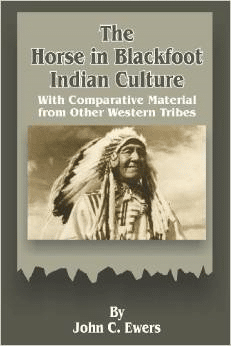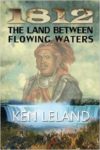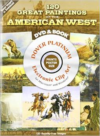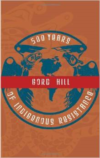Description
Much of the factual information on which this study is based was supplied by elderly, fullblood Piegan and Blood Indian informants, whose knowledge of the functions of horses in the late years of buffalo days was solidly grounded in personal experiences. These old people really loved horses and enjoyed talking about them. They were uniformly cooperative and interested in getting the record straight.
Clark Wissler (1927, p. 154) has named the period 1540 to 1880 in the history of the Indian tribes of the Great Plains “the horse culture period.” This period can be defined more accurately and meaningfully in cultural than in temporal terms. Among all the tribes of the area it began much later than 1540. With some tribes it ended before 1880. Yet for each Plains Indian tribe the horse culture period spanned the years between the acquisition and first use of horses and the extermination of the economically important buffalo in the region in which that tribe lived.
Anthropologists and historians have been intrigued by the problem of the diffusion of the European horse among the Plains Indians. It is well known that many tribes began to acquire horses before their first recorded contacts with white men. Paucity of documentation has given rise to much speculation as to the sources of the horses diffused to these tribes, the date when the first Plains Indians acquired horses, the rate of diffusion from tribe to tribe, and the conditions under which the spread took place.
The three Blackfoot tribes of the northwestern Plains, the Piegan, Blood, and North Blackfoot, were among those tribes that possessed horses when first met by literate white men. To view their acquisition in proper historical and cultural perspective it is necessary to consider the larger problem of the diffusion of horses to the northern Plains and Plateau tribes.






Reviews
There are no reviews yet.